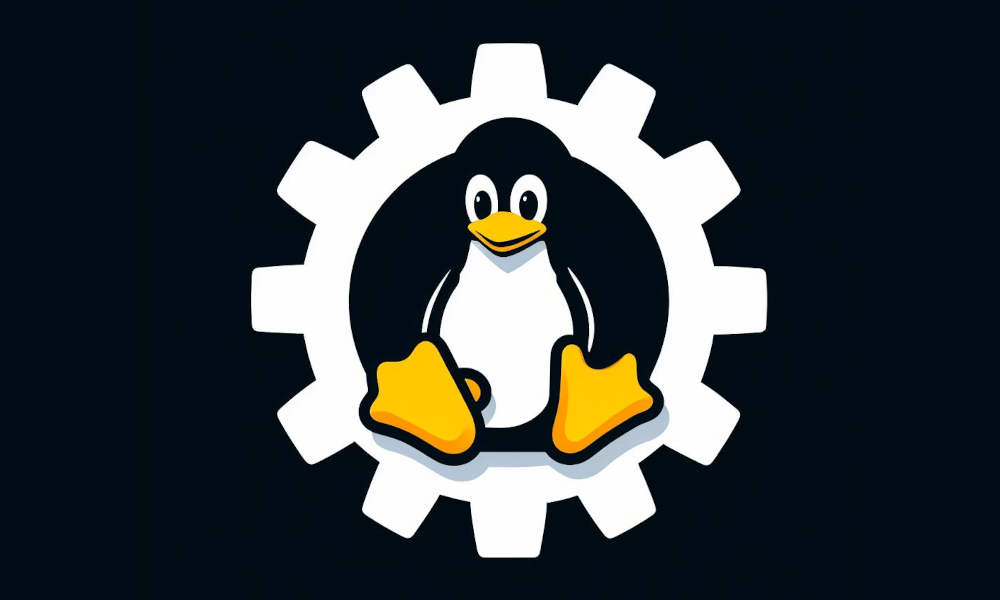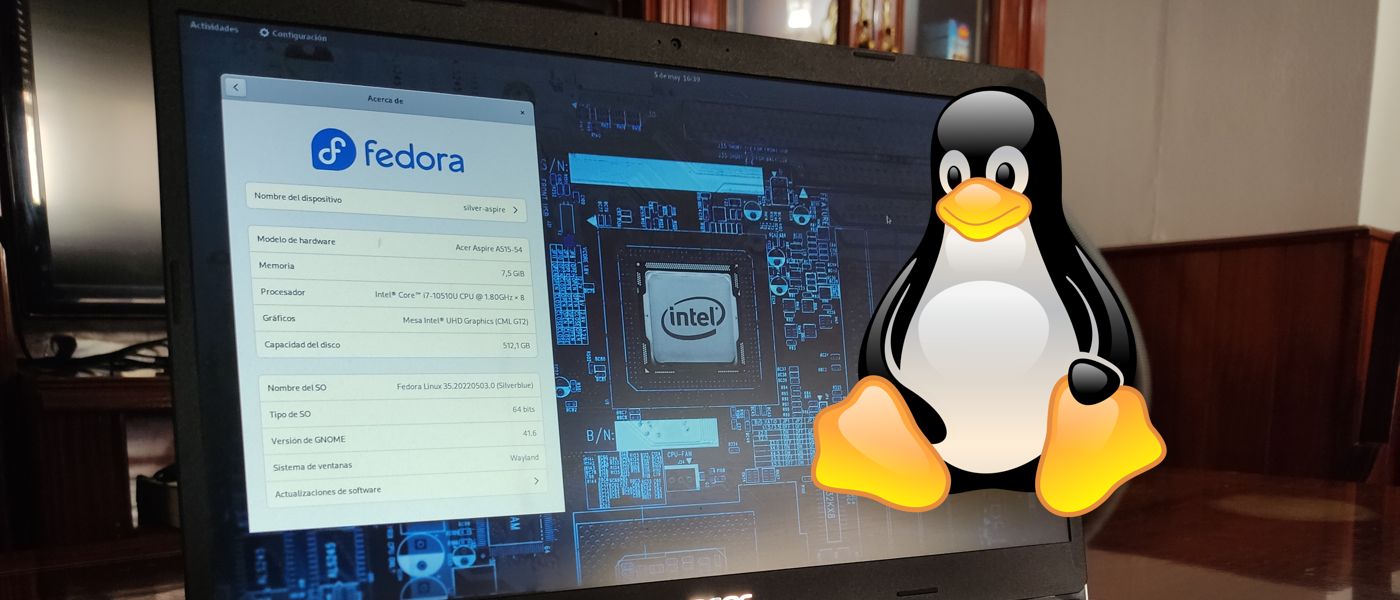Linux distributions: which are the best starting point
- March 8, 2024
- 0
Situation Linux on the desktop has improved a lot over the past decade, not only with regard to the operating system itself, which is now much more usable
Situation Linux on the desktop has improved a lot over the past decade, not only with regard to the operating system itself, which is now much more usable

Situation Linux on the desktop has improved a lot over the past decade, not only with regard to the operating system itself, which is now much more usable than in the past, but also due to the increasing presence of relevant applications for the system, despite the still noticeable absence of Adobe and others applications focused mainly on the professional field.
But despite the improvement, dive into The world of Linux can be confusing due to the large number of distributions out there.. This is reinforced by human psychology, which at general levels tends to be more difficult to choose when there are many options. In other, clearer words, the enormous number of Linux distributions may ultimately be a reason not to enter this world and prefer to stay on Windows or macOS.
The large number of distributions that exist, along with the different approaches they take, make it difficult for newcomers to choose where to start, especially when they intend to give their computer a specialized use. If we’re talking about a general desktop, today Ubuntu is still the most recommended option, although in recent years there have been various alternatives that have found a niche and are perhaps more suitable due to hardware compatibility issues or because they fit better into the user’s workflow.
The most diverse lists can be found on the Internet, especially when searching for distributions for their more specific or specialized use. If you’re looking for Linux distributions suitable for gaming, you’re likely to come across lists full of small projects that can lead to user disappointment for various reasons that I’ll mention later. This should also be taken into account in the general area, although this situation occurs less often, since lists with this orientation usually mention the most popular distributions.
You don’t have to be a lynx to guess this at this point I recommend the big distributions to get into Linuxwhether for gaming or if you just want a basic desktop for office, email, messaging and web browsing. Large distributions, whether community, corporate or company-sponsored, offer various advantages derived from their own size, although good organization and the ability to provide appropriate responses are other important points for everything to go well.

The main reason to prefer a large Linux distribution over a small one (in terms of project size) is the better support that the former generally offers over the latter.
The more people involved in the project, the greater the chance of getting answers to questions and incidents. which the user may have. Unfortunately, it is very likely that distributions with a small number of employees will not offer an adequate response to problems and incidents that the user will encounter, especially if we consider that many distributions are managed by people in their spare time.
Another important point is that large distributions are generally mothers, that is, they are the original projects from which others are based. This means that responsible personnel have a better understanding of the software they distribute and the technologies they use.
Based on the above, it is logical to think that larger distributions have more users behind them. This is reflected not only in better documentation by the project itself, but also more material published by third parties through blogs, YouTube channels, etc..
In the Linux world, it is normal for many independent users to publish their experiences and even tutorials of the distribution they use or have tried during their careers, so one can find technical material that sometimes better matches what they are trying to ensure is provided through the official channels, in addition to approaches and perspectives that become important to the user experience.
It is common to find little official documentation in small distributions due to the lack of personnel involved in the project, which is added to the small amount of third-party material due to the fact that this is an operating system that does not have a large user base.
In addition to the support that can be obtained through the official forums and instances of Reddit (yes, it is a widely used medium for getting support and answers), on paper the big distributions have another great point in their favor: a better ability to solve errors than are detected in the operating system.
If a user reports a bug they found In a small distribution, it is more likely that the project’s low human capital will not be able to offer a solution, so eventually, if it’s something serious, the story will end with a change in distribution. Obviously, operating systems developed by major distributions are not flawless, but Ubuntu and Fedora, to name two examples, have enough muscle to provide a solution in a day or two.
Another point to consider is to report a bug or error to the right place. Error, because it can be difficult to correct and I myself have been wrong on more than one occasion. Before reporting, first check where the software came from. If the software originates from the distribution’s repositories, you should report the bug to the distribution itself, but if it originates from Flathub or Snapcraft, you must report it through those means.
Here we can highlight the case of Steam repacks, especially those in Flatpak and Snap formats, which must be reported through Flathub and Snapcraft and not Valve. What’s more, the company behind the popular video game platform has started to complain about this situation because it is not responsible for repackaging its app.
The same thing happens in Windows: no one would report a LibreOffice bug to Microsoft, but it’s true that the way software is distributed in Linux can be confusing even for knowledgeable people, let alone a newbie entering the world.

So that this article does not seem like a bunch of rather abstract concepts, I will mention a number of great distributions with which a user can start his Linux journey. It is important to keep in mind that the following list is not a ranking, so the first is not necessarily the best, nor the last the least good, since the best distribution is something that depends more on the user himself and his experience than on technical factors.
On the other hand, I leave Arch Linux and other similar projects aside because they are not a good entry point unless the user has intermediate computer science knowledge. Let there be no doubt that Arch Linux is one of the great distributions and offers quality support, especially through the wiki, which has proven to be one of the best places to get technical knowledge about Linux, but we have to be realistic about the profile of the operating system.
Without further ado, I proceed to list and briefly explain the best distributions to get started in the world of Linux in the best possible way:
Getting into Linux is easier today than in the past, but it’s still a process that can be confusing due to the sheer number of options available. As a counterbalance to this situation, technologies like systemd have contributed to the creation of relative standards that are shared by almost all major distributions, making it possible to transcend documentation or knowledge in a way that was unimaginable a decade and a half ago.
For example, the Arch Linux wiki has long been much more than just documentation for the above distribution, as it is also able to provide answers and workarounds for many distributions that use systemd, a somewhat complex technology that has established itself as a de facto standard. the framework on which the operation of Linux is based.
It follows from the above that large distributions not only provide better support due to their larger size, but also that they share the same technology base further strengthens their position by being able to transfer knowledge between them.
Source: Muy Computer
Donald Salinas is an experienced automobile journalist and writer for Div Bracket. He brings his readers the latest news and developments from the world of automobiles, offering a unique and knowledgeable perspective on the latest trends and innovations in the automotive industry.